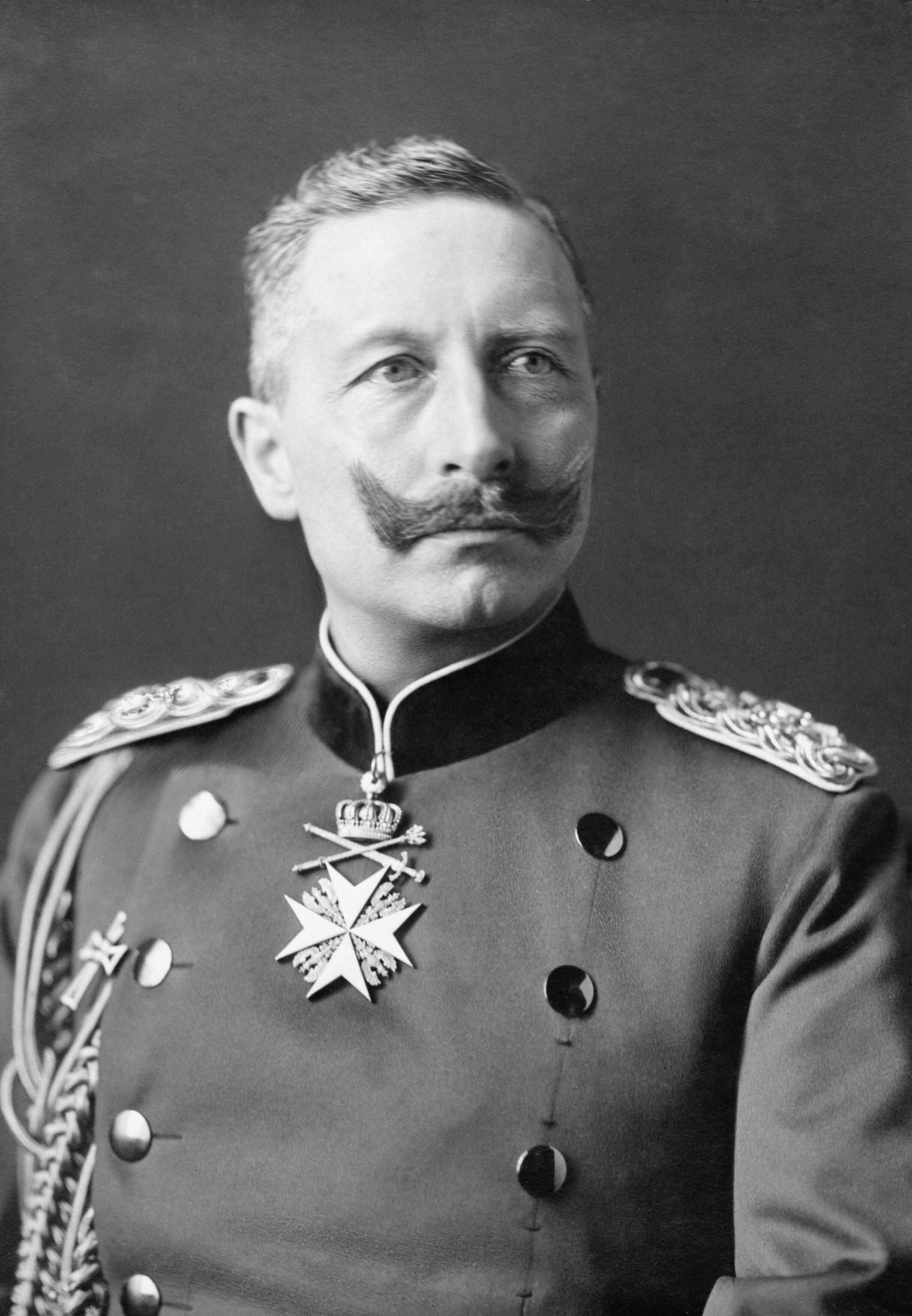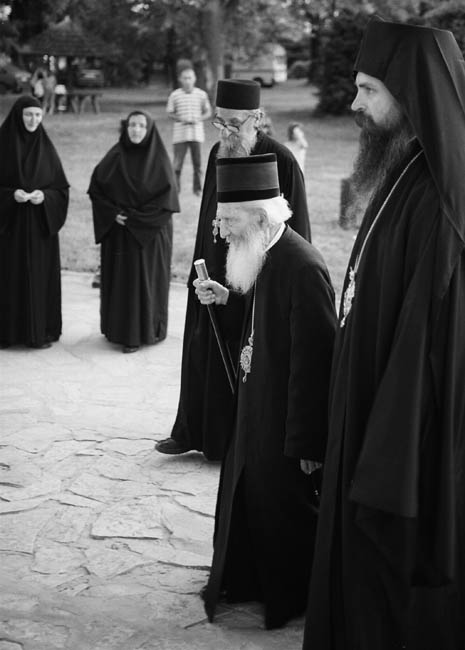|
Paul I (other)
Paul I may refer to: *Paul of Samosata (200–275), Bishop of Antioch *Paul I of Constantinople (died c. 350), Archbishop of Constantinople *Pope Paul I (700–767) *Paul I Šubić of Bribir (c. 1245–1312), Ban of Croatia and Lord of Bosnia * Paul I, Serbian Patriarch, Archbishop of Peć and Serbian Patriarch (c. 1530–1541) *Paul I of Russia (1754–1801), Emperor of Russia * Paul Peter Massad (1806–1890), Maronite Patriarch of Antioch *Paul of Greece (1901–1964), King of Greece * Pavle, Serbian Patriarch Pavle ( sr-cyr, Павле, ''Paul''; 11 September 1914 – 15 November 2009) was the patriarch of the Serbian Orthodox Church from 1990 to his death. His full title was ''His Holiness the Archbishop of Peć, Metropolitan of Belgrade and ... (1914–2009), Patriarch of the Serbian Orthodox Church See also * Patriarch Paul I (other) {{hndis, Paul 01 ... [...More Info...] [...Related Items...] OR: [Wikipedia] [Google] [Baidu] |
Paul Of Samosata
Paul of Samosata (, lived from 200 to 275) was patriarch of Antioch from 260 to 268 and the originator of the Paulianist heresy named after him. He was a believer in monarchianism, a nontrinitarian doctrine; his teachings reflect adoptionism. Life Paul was born at Samosata into a family of humble origin. He was elected patriarch of Antioch in 260. He held the civil office of Procurator ducenarius. His Monarchianist teachings aroused strong opposition in the church. He was also accused of corruption on a grand scale. Edward Gibbon describes him as follows: The wealth of that prelate was a sufficient evidence of his guilt since it was neither derived from the inheritance of his fathers nor acquired by the arts of honest industry. But Paul considered the service of the church as a very lucrative profession. His ecclesiastical jurisdiction was venal and rapacious; he extorted frequent contributions from the most opulent of the faithful and converted to his own use a considera ... [...More Info...] [...Related Items...] OR: [Wikipedia] [Google] [Baidu] |
Paul I Of Constantinople
Paul I of Constantinople or ''Saint Paul the Confessor'' (Greek: Παῦλος; died 350), was the sixth bishop of Constantinople, elected first in 337. Paul I became involved in the Arian controversy which drew in the Emperor of the West, Constans, and his counterpart in the East, his brother Roman emperor Constantius II. Paul I was installed and deposed three times from the See of Constantinople between 337 and 350. He was murdered by strangulation during his third and final exile in Cappadocia. His feast day is on 6 November. Biography He was a native of Thessalonica, a presbyter of Constantinople, and secretary to the aged bishop Alexander of Constantinople, his predecessor in the see. Both the city and its inhabitants suffered much during the Arian controversies. No sooner had Alexander breathed his last than the Arian and Orthodox parties came into open conflict. The Orthodox party prevailed; in 337 Paul was elected and consecrated by bishops who happened to be at ... [...More Info...] [...Related Items...] OR: [Wikipedia] [Google] [Baidu] |
Pope Paul I
Pope Paul I (; 70028 June 767) was the bishop of Rome and ruler of the emerging Papal States from 29 May 757 to his death on 28 June 767. He first served as a Roman deacon and was frequently employed by his brother, Pope Stephen II, in negotiations with the Lombard kings. Rise Paul was a Roman aristocrat and member of the Orsini family.George L. Williams, ''Papal Genealogy'' (London 2004). He and his brother Stephen had been educated for the priesthood at the Lateran Palace. Stephen became pope in 752. After Stephen's death on 26 April 757, Paul prevailed over a faction that wanted to make Archdeacon Theophylact pope and was chosen to succeed his brother by the majority that wished a continuation of Stephen's policy. Pontificate Paul I's reign was dominated by relations with the Frankish and Lombard kings and with the Eastern Roman emperor. He wrote to Pepin the Short that the Frankish alliance should be maintained unimpaired. Paul was likely concerned of the danger po ... [...More Info...] [...Related Items...] OR: [Wikipedia] [Google] [Baidu] |
Paul I Šubić Of Bribir
Paul I Šubić of Bribir (, ; – 1 May 1312) was Ban of Croatia between 1275 and 1312, and List of rulers of Bosnia, Lord of Bosnia from 1299 to 1312. As the oldest son of Stephen II of the Šubić family, Šubić noble family, he inherited the title of count of Bribir, Šibenik-Knin County, Bribir. He was appointed ban in 1273. He was relieved from duty in 1274, following his involvement in disputes between the Dalmatian coastal cities of Trogir and Split, Croatia, Split, and was returned to office in 1275. With the help of his brothers, Mladen I Šubić of Bribir, Mladen I and George I Šubić of Bribir, George I, Paul imposed direct rule over most of the coastal cities. The contest over the lands of the Kačić family in southern Croatia, who were known for piracy in the Adriatic Sea, brought Paul into conflict with the Republic of Venice. At the same time, the Šubićs became allies with the Capetian House of Anjou, House of Anjou from Kingdom of Naples, Naples. Fighting wi ... [...More Info...] [...Related Items...] OR: [Wikipedia] [Google] [Baidu] |
Paul I, Serbian Patriarch
Serbian Patriarch Pavle I ( sr-cyr, Српски патријарх Павле I; 1527–1541) was the Archbishop of Peć and self-proclaimed Serbian Patriarch from around 1530 to 1541. He tried to end the long period of vacancy of the Serbian Patriarchal Throne, with limited and temporary success. Biography As the Metropolitan of Smederevo, he managed with the help of notable Serbs and some Ottoman officials to take control over the Archiepiscopal see of Peć, and worked toward its renewed autocephaly, recreating the Serbian Patriarchate of Peć that had been vacant since 1463 and formally abolished by the Ottomans, who transferred all Serbian eparchies to the jurisdiction of the Archbishopric of Ohrid. Most of the higher clergy, however, supported the Archbishop Prohor of Ohrid, and on the Church assembly on 13 March 1532 anathematized Pavle and his followers. After some time Pavle made peace with Prohor, and recognized his supreme jurisdiction, but later began a more activ ... [...More Info...] [...Related Items...] OR: [Wikipedia] [Google] [Baidu] |
Paul I Of Russia
Paul I (; – ) was Emperor of Russia from 1796 until his assassination in 1801. Paul remained overshadowed by his mother, Catherine the Great, for most of his life. He adopted the Pauline Laws, laws of succession to the Russian throne—rules that lasted until the end of the Romanov dynasty and of the Russian Empire. He also imposed the first limitations on serfdom in Russia, serfdom with the Manifesto of three-day corvee, sought to curtail the privileges of the Russian nobility, nobility, pursued various military reforms which were highly unpopular among officers and was known for his unpredictable behavior, all of which contributed to the conspiracy that would take his life. In 1799 he brought Russia into the War of the Second Coalition, Second Coalition against First French Republic, Revolutionary France alongside Kingdom of Great Britain, Britain and Habsburg monarchy, Austria; the Russian forces achieved several victories at first but withdrew after facing setbacks. Paul ... [...More Info...] [...Related Items...] OR: [Wikipedia] [Google] [Baidu] |
Paul Peter Massad
Paul I Peter Massad, or Boulos Boutros Massaad (also Mas'ad; ; 16 February 1806 – 18 April 1890) was the 70th Maronite Catholic Patriarch of Antioch from 1854 until his death in 1890. Life Massad was born in the village of Ashqout in the Keserwan District, Lebanon, on February 16, 1806. He studied in the seminary of 'Ain-Ourakat and later for seven years in the College of the Propaganda in Rome. After returning to Lebanon he became the secretary of Joseph Peter Hobaish, who ordained him as a Catholic priest on June 13, 1830. Joseph Peter Hobaish consecrated Massad titular bishop of Tarsus on March 28, 1841, and appointed him as his own spiritual vicar. After Joseph Ragi El Khazen's death Massad was elected his successor as Maronite patriarch of Antioch on November 12, 1854 and confirmed on March 23, 1855, by Pope Pius IX. upright=1, left, alt=Letter from Father Massad, Letter from Massad, 1841 In 1867 Massad traveled to Rome with a Maronite delegation that included ... [...More Info...] [...Related Items...] OR: [Wikipedia] [Google] [Baidu] |
Paul Of Greece
Paul (; 14 December 1901 – 6 March 1964) was King of Greece from 1 April 1947 until his death on 6 March 1964. Paul was born in Athens as the third son of Constantine I of Greece, Crown Prince Constantine and Sophia of Prussia, Crown Princess Sophia of Greece. In 1912, the year before his father ascended the throne, Paul joined the Royal Hellenic Navy at eleven years old, becoming the youngest cadet at the time. After the National Schism during World War I, Constantine's abdication was forced and Paul and his family went into exile in Switzerland. Paul's brother, Alexander of Greece, Alexander, became the Greek sovereign in 1917 when Constantine and Paul were exiled, however, Alexander's death in 1920 led to Constantine's restoration. In 1922, Paul's other brother, George II of Greece, George, became the monarch. However, 1924 Greek republic referendum, a referendum in 1924 two years later saw the abolition of the Greek monarchy. Paul moved to Italy with his family and then to ... [...More Info...] [...Related Items...] OR: [Wikipedia] [Google] [Baidu] |
Pavle, Serbian Patriarch
Pavle ( sr-cyr, Павле, ''Paul''; 11 September 1914 – 15 November 2009) was the patriarch of the Serbian Orthodox Church from 1990 to his death. His full title was ''His Holiness the Archbishop of Peć, Metropolitan of Belgrade and Karlovci, and Serbian Patriarch Pavle''. Before his death, he was the oldest living leader of an Eastern Orthodox church. Because of poor health, he spent his last years in the Military Medical Academy in Belgrade, while his duties were carried out by Metropolitan Amfilohije. Early life Pavle was born as Gojko Stojčević (Гојко Стојчевић) in the village of Kućanci near Magadenovac, then part of Austria-Hungary (present-day Croatia). He lost both of his parents in childhood, and was raised by an aunt. After finishing elementary school, Pavle graduated from a gymnasium in Belgrade, then studied at the seminary in Sarajevo. After completing seminary, Gojko entered the University of Belgrade where he studied theology and ... [...More Info...] [...Related Items...] OR: [Wikipedia] [Google] [Baidu] |


